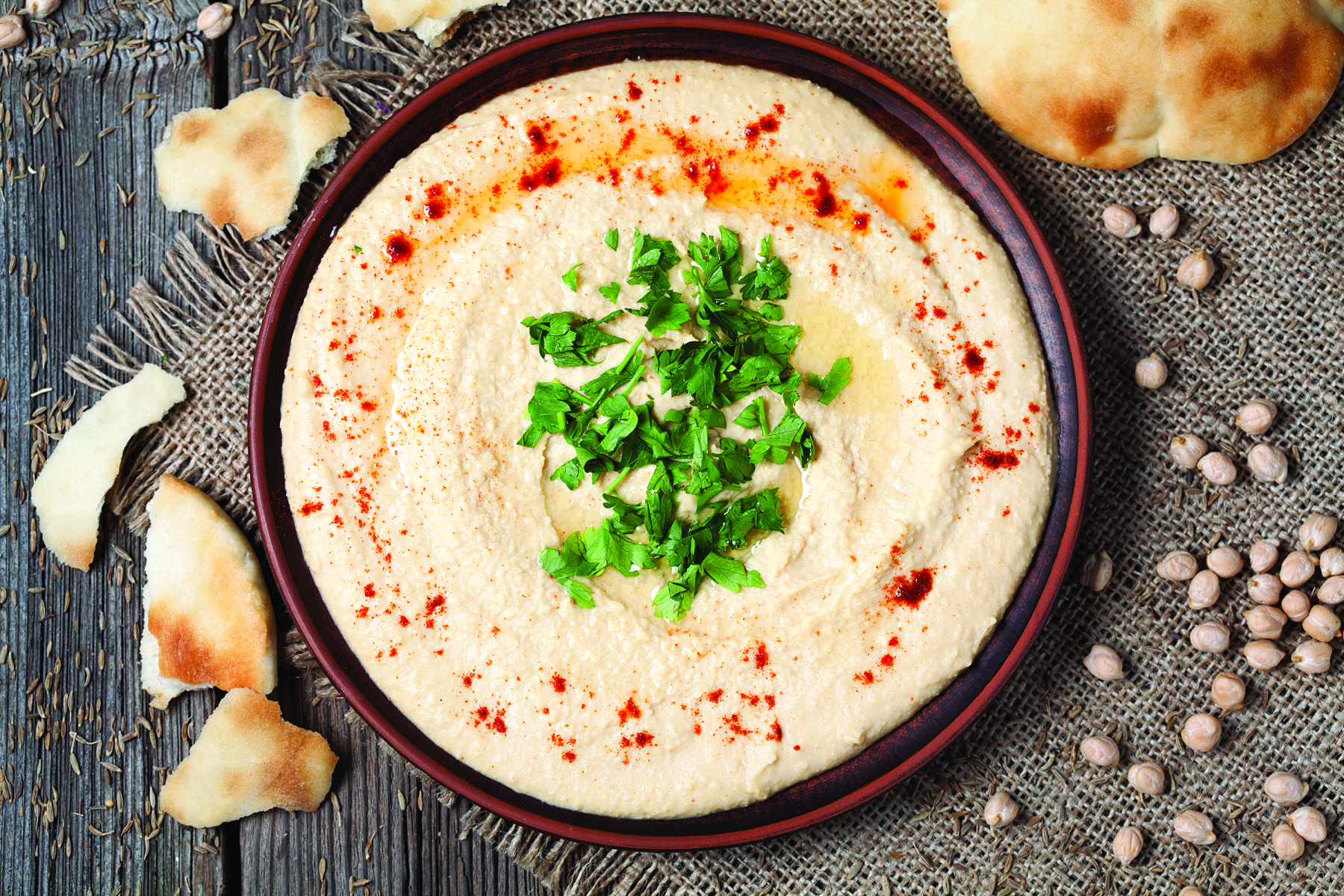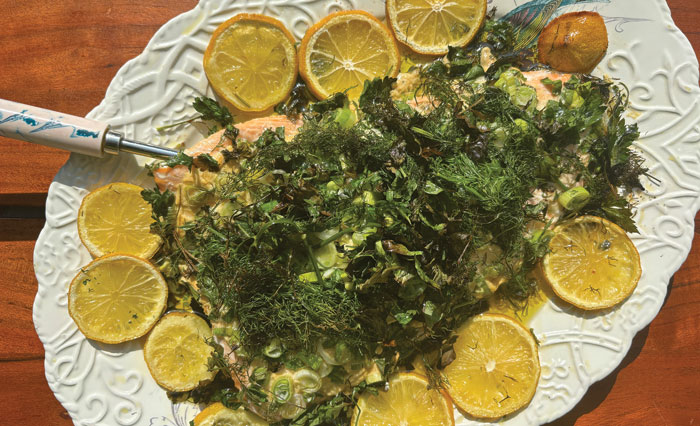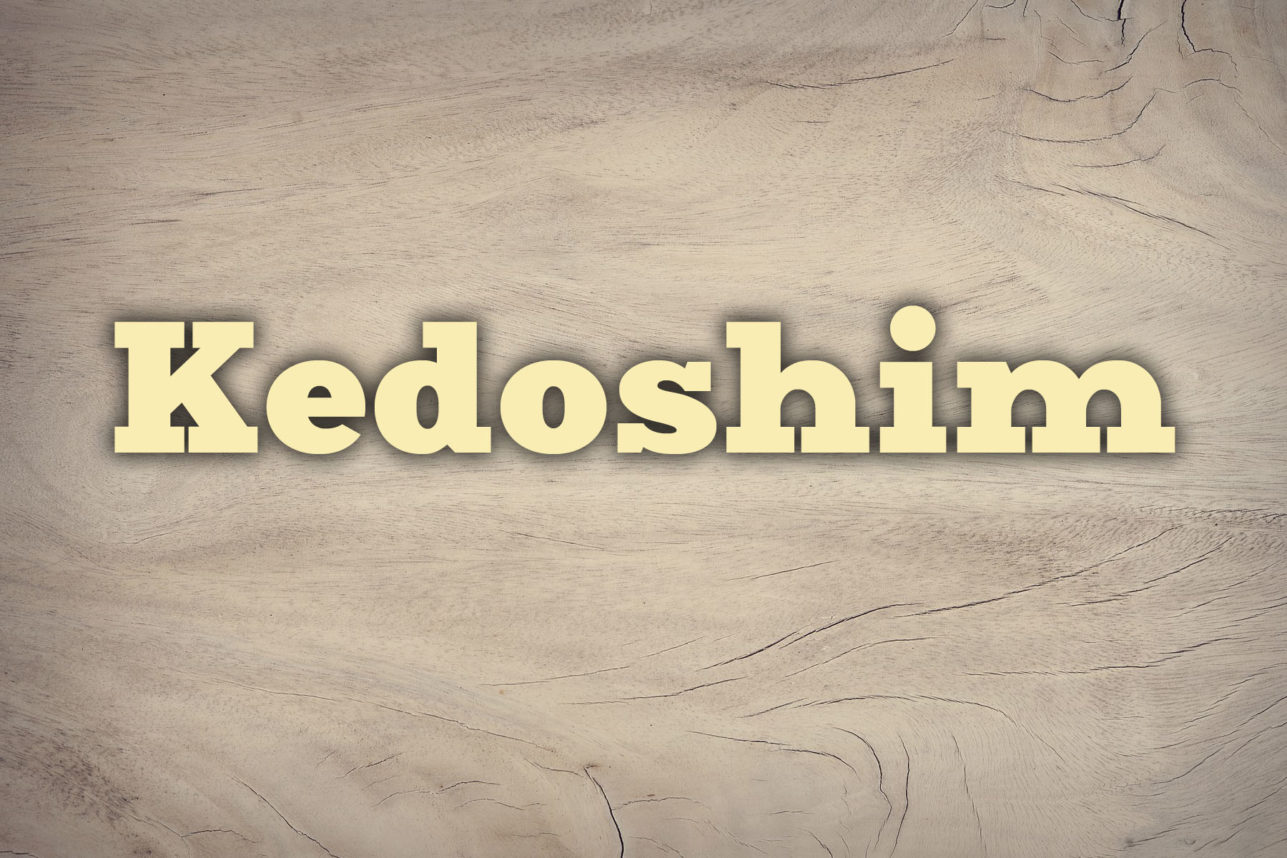
When was the last time you opened a tub of hummus and swooned? When was the last time a restaurant put a plate of hummus in front of you, and you said, “Oh my God.”
Most of the hummus recipes you come across on web sites, in print, on YouTube—they’re just wrong. Most of the hummus you buy in stores, or get served at restaurants—it’s just okay.
As hummus gets more and more popular, its manufacturers are aiming more and more for the middle. They are substituting variety for quality. You can get mediocre hummus in ten flavors (Avocado! Chipotle!), but try finding just one batch of perfect.
And perfect hummus does exist. Lina’s in the Old City of Jerusalem. Naji’s in Abu Ghosh. Light, almost fluffy, full of fresh flavor, creamy, warm. It’s not Middle East peanut butter.
I eat hummus every day. I make it about once a week. I’ve used recipes, I’ve created my own, I’ve tweaked like Steve Jobs (z”l) on a bender. Below you’ll find my basic recipe, which I’ve adapted from Erez Komaravsky’s, the Israeli chef and cooking teacher. (A story on Erez appears in this month’s Saveur, along with the recipe).
Whether you use it or find your own let these rules be your guide.
1. Do not used canned garbanzo beans. Ever. Take the canned beans in your cupboard and give them to a food bank.
2. Fresh ingredients are always better. Always. Fresh ground cumin seeds, fresh squeezed lemon juice, fresh garlic. Never used bottled lemon juice, though a touch of citric acid can help. Erez uses a mortar and pestle to grind his cumin. You’ll taste the difference.
3. Use good quality olive oil. Lots of it. In the hummus, as well as on top.
4. Don’t forget the pepper. I use Aleppo pepper, but hot paprika or ground chili works too.
5. Use water. This is key. Reserve the water you boiled the beans in. As you blend your hummus, add the water to achieve a creamy consistency. Use a bit more than you think is correct, because after it sits you’ll see the water is absorbed. If you’ve refrigerated your hummus, you can refresh it by whisking in some warm water.
6. Serve warm. Freshly made warm hummus topped with a bit of mushed-up garbanzos, drizzled with olive oil, and topped with chopped parsley and paprika is the ideal. And the pita should be warm too.
7. Use a blender, not a food processor. You get a creamier consistency.
[RECIPE]
Galilee-Style Hummus
[Adapted from Erez Komaravsky. See original here.]
INGREDIENTS
1½ cups dried chickpeas, soaked overnight; drained
½ cup tahini
¾ cup EV olive oil, plus more
¼ cup fresh lemon juice or more
2 tsp. ground cumin
2 cloves garlic, peeled
1 t Aleppo pepper or 1 small fresh hot red chile pepper, stemmed and seeded
1 1/2 t Kosher salt, to taste
INSTRUCTIONS
Bring chickpeas and 4 cups water to a boil in a 4-qt. saucepan. Reduce heat to medium-low and cook, covered, until chickpeas are very tender, 1-1½ hours. Drain, reserving ½-1 cup cooking liquid; let cool until warm, not boiling. Transfer all but ¾ cup chickpeas to a food processor with the tahini, oil, juice, cumin, garlic, chile, and salt; purée until smooth. Add reserved cooking liquid and continue to purée until airy in consistency, about 5 minutes. Transfer hummus to a serving dish. Top with remaining whole chickpeas, drizzle with more oil, and sprinkle with salt.
After a few minutes, taste and adjust seasoning. You may need more water for a creamy texture.























 More news and opinions than at a Shabbat dinner, right in your inbox.
More news and opinions than at a Shabbat dinner, right in your inbox.